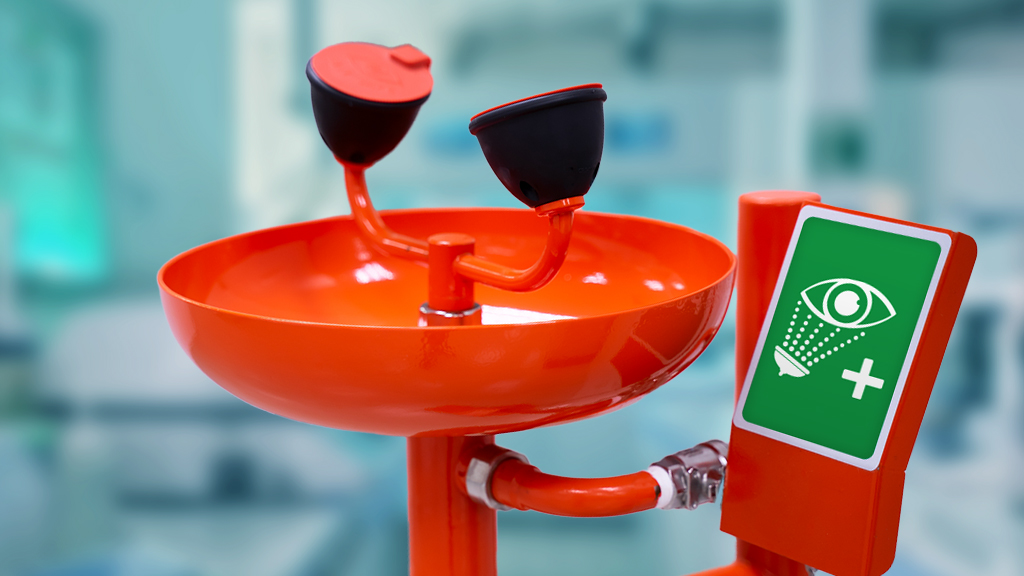Sponsored Archive: Building Future-Ready STEM Programs with Data Collection Technology, March 6, 2025
Are you ready to transform your district’s STEM program? Administrators face the unique challenge of balancing the immediate need to meet today’s learning standards with the equally important task of planning for the future demands of postsecondary education and career readiness. Join Vernier CEO, Jill Hedrick, for an insightful panel discussion with education leaders who have successfully navigated this journey.
Are you ready to transform your district’s STEM program? Administrators face the unique challenge of balancing the immediate need to meet today’s learning standards with the equally important task of planning for the future demands of postsecondary education and career readiness. Join Vernier CEO, Jill Hedrick, for an insightful panel discussion with education leaders who have successfully navigated this journey.
Are you ready to transform your district’s STEM program? Administrators face the unique challenge of balancing the immediate need to meet today’s learning standards with the equally important task of planning for the future demands of postsecondary education and career readiness. Join Vernier CEO, Jill Hedrick, for an insightful panel discussion with education leaders who have successfully navigated this journey.
Are you ready to transform your district’s STEM program? Administrators face the unique challenge of balancing the immediate need to meet today’s learning standards with the equally important task of planning for the future demands of postsecondary education and career readiness. Join Vernier CEO, Jill Hedrick, for an insightful panel discussion with education leaders who have successfully navigated this journey.



